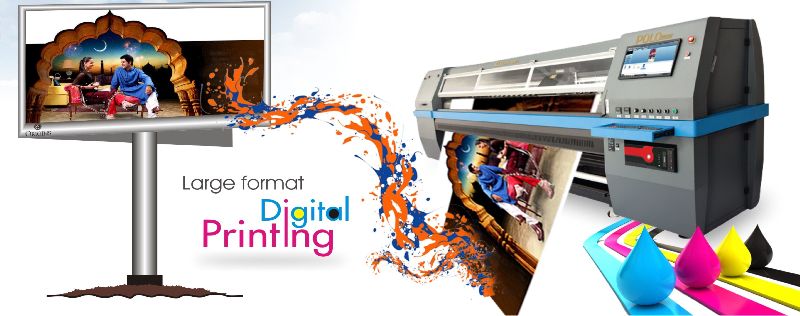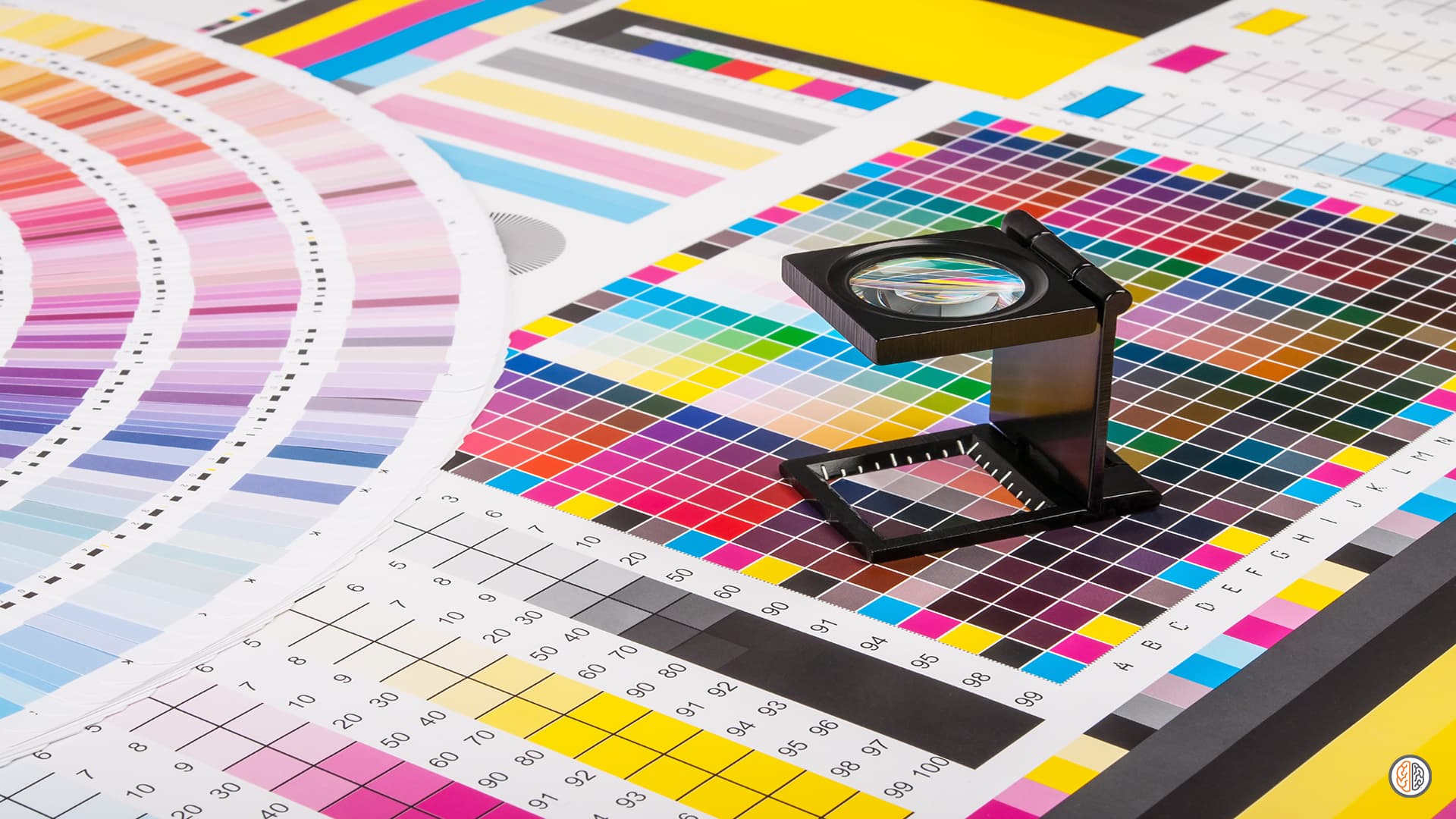Understanding the Relevance of Digital Printing in Today's Competitive Landscape
In the context of today's extremely competitive market, the significance of digital printing can not be neglected. As services look for to fine-tune their approaches, recognizing just how electronic printing incorporates right into more comprehensive advertising and marketing and functional objectives is essential. What implications does this have for future company practices and consumer relationships?
Advantages of Digital Printing
Digital printing offers several significant advantages that make it a preferred choice for many businesses and people. Among one of the most significant benefits is its capability to produce top quality prints with lively colors and elaborate details. This is particularly crucial for advertising materials, where aesthetic allure can substantially affect consumer involvement.
In addition, digital printing helps with fast turn-around times, allowing businesses to react quickly to market demands or advertising chances. Unlike conventional printing methods that call for comprehensive setup and longer manufacturing times, digital printing enables instant output, making it excellent for time-sensitive jobs.
Customization is an additional essential benefit of digital printing. It sustains variable data printing, which permits for individualized content in each print run. This attribute is particularly valuable for direct advertising and marketing campaigns, where customized messages can improve consumer connection and boost reaction prices.
Moreover, digital printing lessens waste by permitting fine print runs without sustaining significant costs. This ability not just sustains sustainability efforts but likewise gives flexibility for companies to check brand-new layouts or products without dedicating to big amounts.
Cost-Effectiveness and Performance
The cost-effectiveness and efficiency of digital printing make it an attractive option for services seeking to maximize their printing procedures. Unlike traditional printing methods, which typically need substantial arrangement and huge print goes to warrant prices, electronic printing enables much shorter runs without giving up quality. This flexibility significantly reduces waste and inventory costs, enabling businesses to publish just what they require, when they require it.
Additionally, digital printing reduces the turnaround time for projects. With automated procedures and on-demand capacities, firms can react quickly to market demands, thereby boosting their affordable edge. The elimination of expensive pre-press phases, such as plate development and lengthy arrangement times, better adds to functional efficiency.
In addition, digital printing innovations have advanced, leading to reduced per-unit costs over time. As an outcome, electronic printing becomes not just a practical option yet also a calculated investment in a quickly advancing marketplace.
Personalization and Customization
In today's competitive landscape, the capability to offer customization and customization in printing has actually become an essential differentiator for businesses. Digital printing innovation permits companies to create tailored items that meet particular client demands and choices. By leveraging variable data printing, companies can create products that include one-of-a-kind text, images, or styles for every recipient, improving the importance and influence of marketing efforts.
This capability not only fosters a deeper connection with customers however likewise allows services to stick out in a jampacked industry. As an example, tailored sales brochures, straight mail projects, and advertising More Info things can bring about greater interaction rates and enhanced client commitment. Moreover, the versatility of digital printing facilitates short runs and quick turn-around times, enabling companies to react promptly to market patterns or private client demands.

Ecological Effect
Digital printing provides a number of benefits in this context, primarily with its capacity to reduce waste and reduce source intake. Unlike traditional printing techniques that commonly require comprehensive configuration and generate substantial excess materials, digital printing enables on-demand production.
Moreover, innovations in electronic printing technology have resulted in using eco-friendly inks and substrates. Water-based and vegetable-based check my blog inks are coming to be extra widespread, lowering the emission of volatile organic compounds (VOCs) and enhancing recyclability. Additionally, many digital printers are designed to be energy-efficient, consuming less power during procedure contrasted to their standard equivalents.
The change in the direction of lasting methods is not simply a regulative reaction; it is also a tactical business decision. Firms that take on eco accountable printing processes can improve their brand photo, interest eco-conscious customers, and contribute to broader sustainability goals. In this affordable landscape, incorporating environmental considerations right into printing methods is necessary for long-lasting success and corporate duty.
Future Fads in Digital Printing
Emerging technologies are positioned to change the landscape of digital printing, driving innovation and performance in the sector. As developments in artificial knowledge and artificial intelligence remain to progress, the capability to automate procedures and improve customization will certainly end up being a keystone of digital printing (digital printing). These technologies will certainly enable printers to assess consumer information, permitting very individualized print products that provide to specific market needs
Additionally, the assimilation of 3D printing within conventional electronic printing frameworks is anticipated to create new opportunities for product growth. This convergence will certainly help with the manufacturing of intricate styles and models much more swiftly and cost-effectively than ever.
Sustainability will certainly also play a vital role fit the future of electronic printing. As ecological issues rise, eco-friendly inks and substrates are prepared for to gain traction, advertising a greener printing procedure.
Furthermore, the increase of on-demand printing will certainly change the focus from massive manufacturing goes to smaller sized, more versatile orders, lowering waste and supply costs. Collectively, these patterns signify a transformative period in digital printing, emphasizing versatility, effectiveness, and ecological awareness in satisfying the demands of an advancing industry.
Conclusion

The cost-effectiveness and efficiency of electronic printing make it an appealing option for businesses looking to maximize their printing procedures. Unlike conventional printing methods, which usually need comprehensive setup and huge print runs to validate costs, electronic printing allows for much shorter runs without compromising quality. The adaptability of digital printing promotes brief runs and rapid turn-around times, allowing organizations to respond quickly to market patterns or individual customer requests.
Unlike standard printing methods that usually need substantial setup and generate significant excess products, digital printing allows on-demand manufacturing. As digital printing proceeds to evolve, its function in driving innovation and functional performance will be critical for companies looking for to maintain a competitive side.